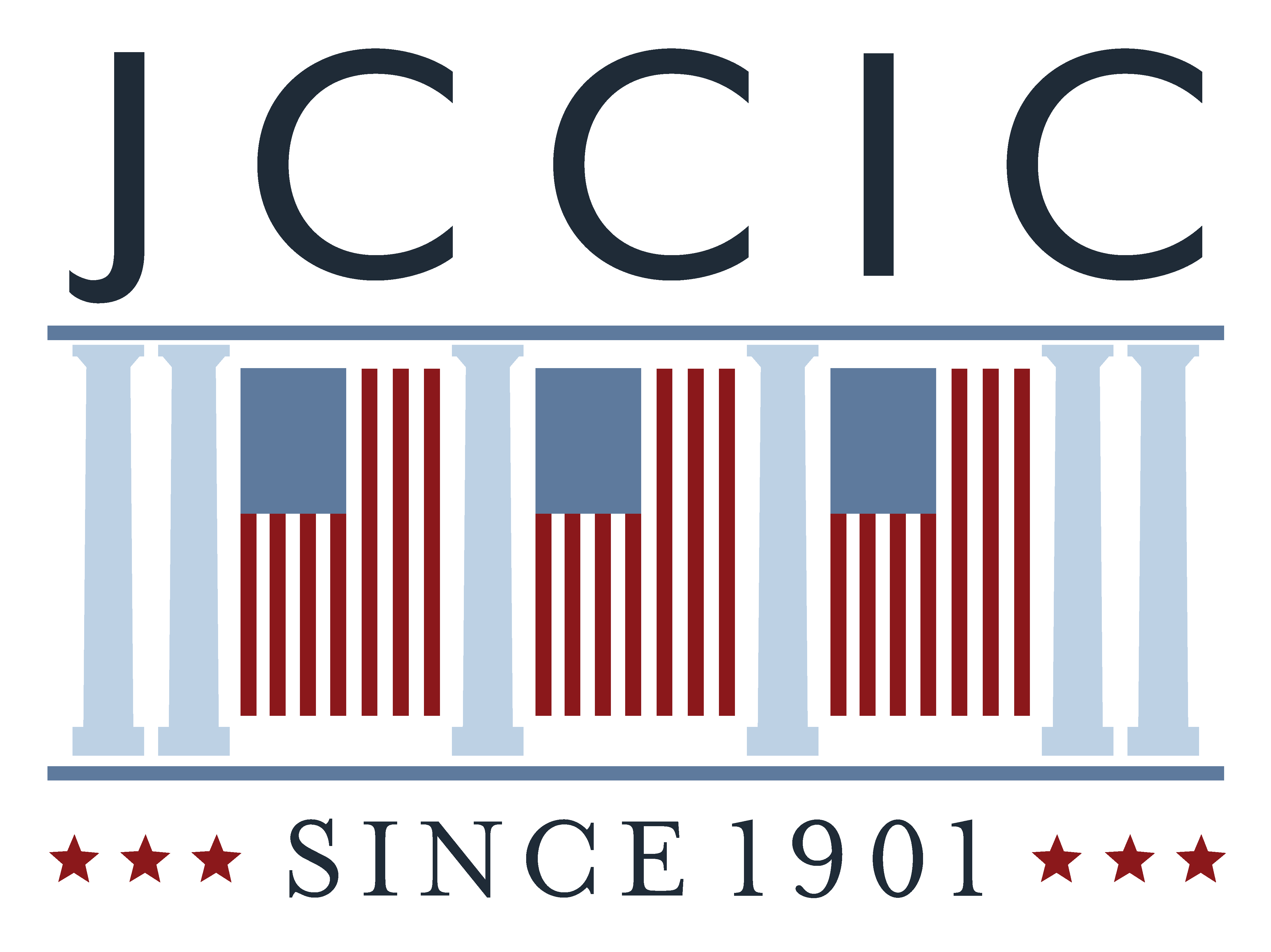HONORARY DEPARTURE
Following the Swearing-In Ceremonies on the West Front of the U.S. Capitol, the outgoing President and First Lady leave the Capitol to begin their post-presidential lives.
Traditionally, the President’s departure takes place with little ceremony. An 1889 “Handbook of Official and Social Etiquette and Public Ceremonies at Washington,” described the outgoing President’s departure this way:
His departure from the Capital is attended with no ceremony, other than the presence of the members of his late Cabinet and a few officials and personal friends. The President leaves the Capital as soon as practicable after the inauguration of his successor.
In 1797, George Washington attended the Inauguration of his successor, John Adams, and several observers noted that onlookers paid more attention to Washington than to Adams. With few exceptions, subsequent departing presidents followed Washington’s example, and in 1837, President-elect Martin Van Buren and outgoing President Andrew Jackson began the tradition of riding together to the Capitol for the ceremonies.
Until the early 20th century, the departing President also usually accompanied the newly elected President on the carriage-ride from the Capitol to the White House following the Inauguration. In the early years, the procession would deliver the former President to his lodgings. (The President usually vacated the White House a day or two before the Inauguration.) As the parade became more established, the outgoing President sometimes reviewed the parade with the new President. Around the same time, the outgoing President and First Lady began to arrange a luncheon at the White House for the new President and his party. The outgoing President and First Lady usually made a quiet departure prior to the luncheon.
In the early 20th century, a new tradition evolved whereby the outgoing President quietly left the Capitol immediately following the Swearing-In Ceremony. In 1909, after congratulating President Howard Taft, former President Theodore Roosevelt left the Capitol for Union Station, where he took a train to his home in New York. In 1921, an ailing President Wilson accompanied President-elect Harding to the Capitol, but was too ill to remain during the ceremony. Outgoing Presidents Coolidge and Hoover also left the Capitol for Union Station, where they traveled home by train. Outgoing Presidents Truman, Eisenhower, and Johnson left the Capitol by car. Johnson and his family drove to Andrews Air Force Base where they boarded Air Force One for the trip home to Texas.
In recent years, the newly installed President and Vice President have escorted their predecessors out of the Capitol after the Swearing-In Ceremony. The members of the Joint Congressional Committee on Inaugural Ceremonies gather on the stairs on the East Front of the Capitol Building. The new Vice President escorts the outgoing Vice President and his spouse out of the Capitol through a military cordon. Then, the new President escorts the outgoing President and his spouse through the military cordon. Since Gerald Ford’s departure in 1977, the former President and First Lady have left the Capitol grounds by helicopter (weather permitting).
The new President and Vice President then return to the Capitol Building for the Inaugural Luncheon hosted by the Joint Congressional Committee on Inaugural Ceremonies.

